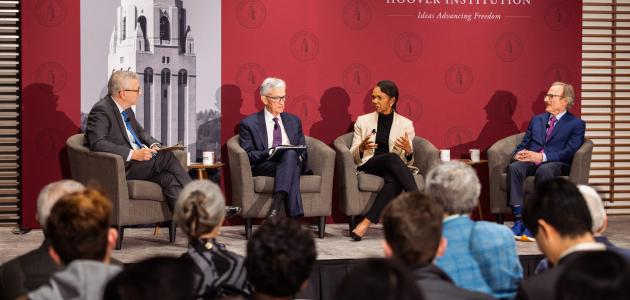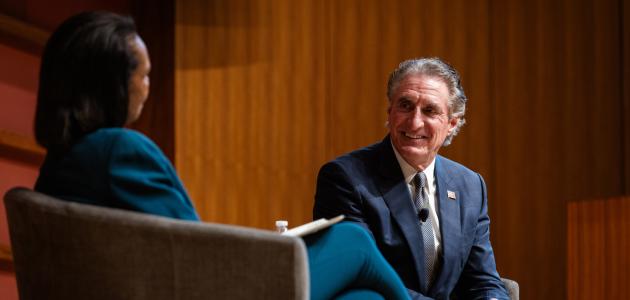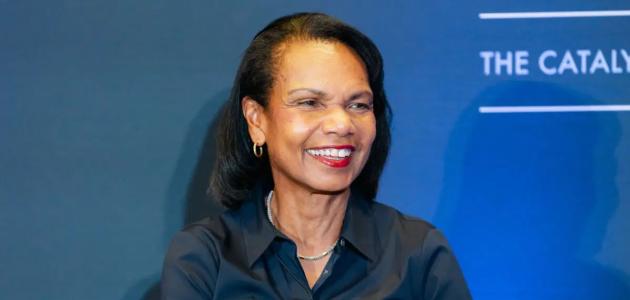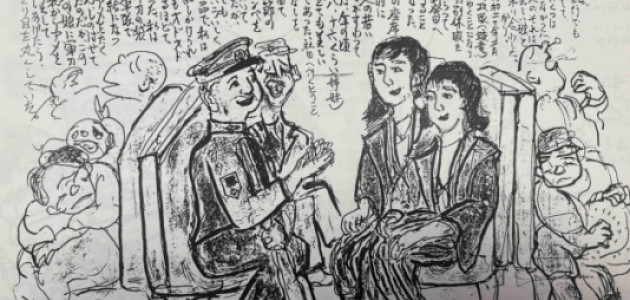Mention of the war on terror usually calls up images of the U.S. soldiers fighting in Afghanistan and Iraq, the Homeland Security apparatus and armed National Guardsmen stationed at airports and border crossings. But there’s another major front in the war on terror, and its battles are carried out in the largely invisible, high-tech, and interconnected world of global finance.
Former Treasury Undersecretary John B. Taylor, the Bowen H. and Janice Arthur McCoy Senior fellow at the Hoover Institution, reveals the true extent of the financial battle against terrorism since September 11, 2001 in his compelling new book Global Financial Warriors: The Untold Story of International Finance in the Post-9/11 World (W.W. Norton & Company). This volume is a boots-on-the ground view of the complex challenges faced by America’s money minders in the wake of the country’s worst-ever terror attack.
From within the high-security confines of the White House situation room to a warlord’s palace in the hills of Afghanistan, John Taylor saw and played a key role during his tenure in every aspect of wartime financial policymaking, from managing Iraq’s post-invasion currency conversion to organizing the politically-delicate global freeze of suspected terrorists’ bank accounts. Learning on the fly in these unprecedented areas, the Treasury team succeeded to such an extent that their efforts received top grades, and the only one in the “A”s from the 9/11 Commission.
Meanwhile, Taylor’s brief included the entire globe and so he addresses the G7’s efforts to encourage China to let its currency float and the frenetic response to debt default in Argentina, a financial collapse that many feared would spread to other economies in the region and eventually around the world just as the Russian financial crises did in the late 1990s. Taylor – best known for developing the “Taylor rule,” still used by many central banks around the world as a key tool for setting interest rates – holds nothing back, lifting the veil on a fascinating world where billions flow across borders at the push of a button.
The ultimate insider’s view of high-level meetings and complex negotiations, Global Financial Warriors also addresses the myriad political challenges presented by the Bush administration’s desire to profoundly reform the International Monetary Fund and the World Bank. Both institutions had been set up after World War II under very different international circumstances and many observers believed they were becoming increasingly ineffective at managing global financial crises in the modern era. also addresses the myriad political challenges presented by the Bush administration’s desire to profoundly reform the International Monetary Fund and the World Bank. Both institutions had been set up after World War II under very different international circumstances and many observers believed they were becoming increasingly ineffective at managing global financial crises in the modern era.
And yet at the center remains the war on terror, that fallout from September 11 that shifted the country’s whole security paradigm into a new and unexplored mode and forced America’s financial gurus to look at global capital flows, economic reconstruction and many other crucial issues in a whole new light. As Taylor writes, “There are essential lessons to be learned from the people and the actions they took during this phase of the global war on terror .... Like all historical narratives written close in time to real events, this one has the advantage of conveying lessons while they are fresh. Over time, other people will provide different perspectives. In the meantime, the war on terror goes on, and the lessons can be applied immediately.”
A consummate pragmatist and a keen observer of political bureaucracy, Taylor writes a roadmap for public servants aiming to serve their country and the world. No matter what the task, no matter how difficult, transparency and accountability are key, as is the leadership skill necessary to turn words and plans into effective, on-the-ground action. The many successes of the Taylor team provide ample evidence for the merits of Taylor’s tactics.













